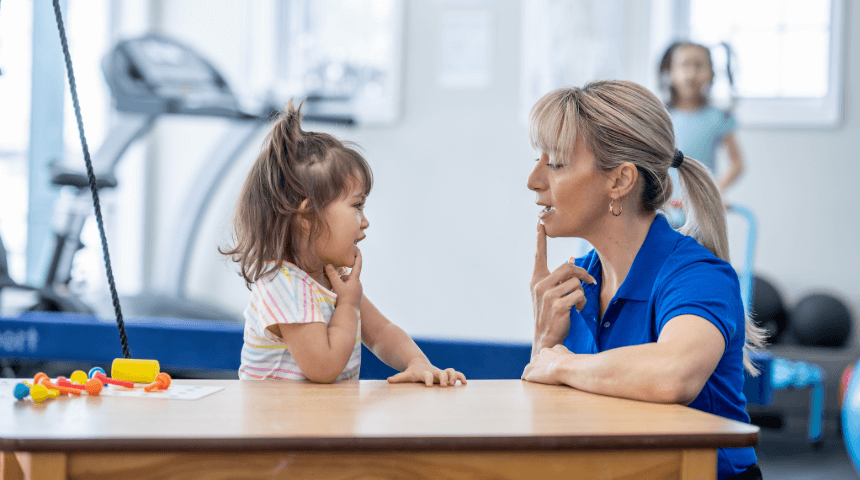Virtual School? Don’t Forget ‘Gym Class’
With many children attending virtual classes, parents and educators find themselves asking questions about new health risks. They worry about a lack of physical activity, eye strain , various aches and pains from those hours of screen time and the absence of unstructured playtime with friends. To offset these risks, it’s important to add in as much physical activity as possible and to commit to having “gym class.”
What exactly are the risks? Consider that even before the pandemic, children and adolescents were spending an average of 8 to 10 hours a day in sedentary behaviors, based on findings from Active Living Research. Furthermore, time spent on screens (TVs, smartphones, tablets and laptops) has been found to increase children’s risk for lifelong health conditions such as obesity, cardiovascular disease and type 2 diabetes, according to the Centers for Disease Control and Prevention (CDC).
Those numbers are unlikely to change for the better in our COVID-restricted world without some creativity on the part of parents and educators. Keep in mind that the CDC recommends at least an hour of moderate-to-vigorous physical activity each day for children and adolescents ages 6 to 17. There are steps you can take at home to build in breaks for movement, unstructured play and P.E. class.
Mix Up Activity with Shorter and Longer Breaks
You don’t need expensive equipment, treadmills or bikes to get kids moving. Instead, your goal is to encourage them to be active whenever possible. Small breaks are great (getting up and stretching after every half hour, taking a 10-minute break every 60 minutes), but these alone are not enough. Small breaks need to be paired with longer sessions that mimic recess and gym class, for a minimum of an hour or more. The best way to ensure this is to make it a family event — otherwise, kids may not participate.
Tips for short breaks (20-minute breaks a minimum of a few times a week):
-
Playing tag/running around
-
Jumping rope
-
Jumping jacks
-
Family walk around the block
Tips for longer breaks (one-hour daily recess):
-
Break up the day and create a space for more unstructured play.
-
Make up your own games: See how fast someone can run 10 times to the nearest tree and back or how many leaves, sticks or flowers you can collect.
-
Work on P.E. skills: Kick a soccer ball around, shoot basketball or play catch.
-
Go on a longer nature walk or trip to the playground.
-
Set up an obstacle course.
-
Play music and dance (great for a rainy day indoors).
Aim to move your activity outdoors whenever weather conditions allow, although even activities such as scavenger hunts or playing with balloons can take place indoors on rainy days.
Put Away Screens and Get Outside
Getting kids off their screens and outdoors is extremely beneficial. Being around trees and animals can reduce stress. Organize a day or half-day field trip to an outdoor park, botanical garden, historic site or nature sanctuary. If you usually go to the same spots, consider making it a “family challenge” to visit different ones to change your surroundings and stay stimulated. There are often great places close to your backyard that you might not be aware of. Many of these are free to attend.
Children have a limited attention span for doing schoolwork online. Building in both kinds of P.E. breaks (shorter and longer) will reduce stress. When kids return to their schoolwork after taking a break, they're able to focus more on the work and perform better. Exercise and fresh air will help the rest of the family too.
Remember, when kids are being active, help keep them hydrated with plenty of water. Avoid sugary drinks such as soda.
The Riskiest Myth About P.E.
Often those who are at a healthy weight might think they can get away with not exercising as much as is necessary. But this isn’t true. Just because someone isn’t overweight doesn’t mean it’s okay to sit around all day. And just because kids are healthy now or at an optimal weight doesn’t mean they’ll automatically become healthy adults. Making regular movement and physical fitness a habit needs to start early in children’s lives— to set firm boundaries around “sitting at screens” and lay the foundation for an active, healthy adulthood.
Choose to Stay in Touch
Sign up to receive the latest health news and trends, wellness & prevention tips, and much more from Orlando Health.
Sign Up










